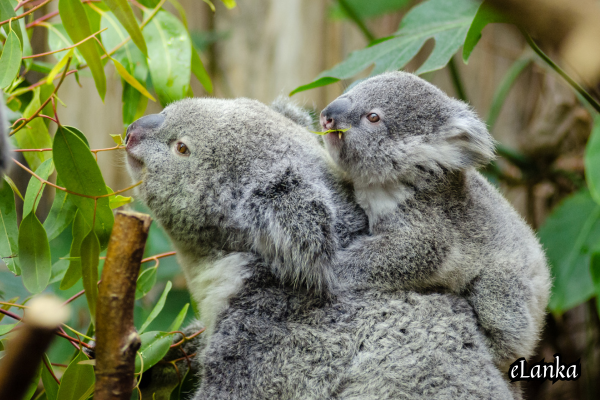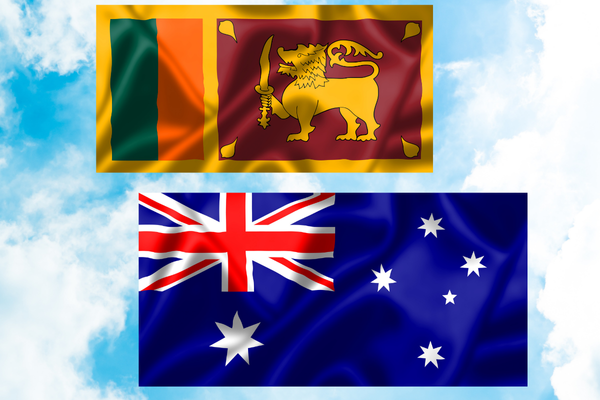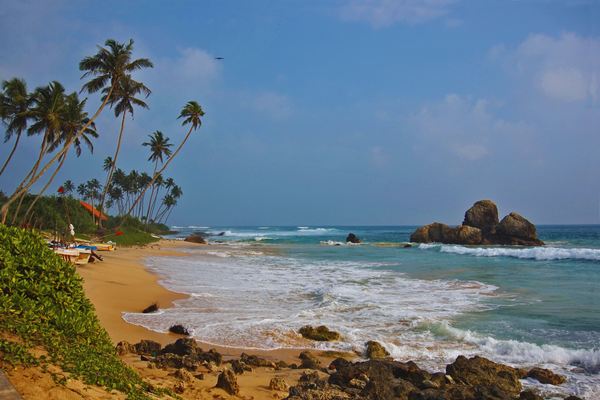Koalas: Australia’s Adorable Tree-Dwellers – By Bhanuka – eLanka

Koalas, often called Australia’s national treasure, are iconic marsupials renowned for their unique appearance and relaxed demeanor. Found primarily in the eucalyptus forests of eastern and southeastern Australia, these cuddly creatures have captured hearts worldwide. Despite their bear-like appearance, koalas are not bears but marsupials, a category of mammals known for their pouch in which they rear their young.
Koalas spend the majority of their lives in eucalyptus trees, where they find both food and shelter. Eucalyptus leaves, which form the core of their diet, are low in nutrients and high in toxins, making it challenging for most animals to digest. However, koalas have adapted to this diet with a specialized digestive system that includes an elongated cecum, allowing them to extract the necessary nutrients. Because of the low-energy diet, koalas sleep up to 18-22 hours a day to conserve energy, making them one of the sleepiest animals on the planet.
These marsupials are perfectly adapted for life in trees, with strong limbs, sharp claws, and two opposable digits on their front paws for gripping branches. Their fluffy, thick fur provides insulation, protecting them from extreme weather. The fur on their bottoms acts like a cushion, making it comfortable for them to sit on tree branches for hours.
Koalas give birth to tiny, underdeveloped joeys, which crawl into the mother’s pouch immediately after birth. Inside the pouch, they continue developing for about six months before venturing out. Even after leaving the pouch, young koalas stay close to their mothers, clinging to their backs for protection and guidance.

Despite their widespread appeal, koalas face numerous threats. Habitat destruction caused by urbanization, agriculture, and bushfires poses the most significant risk to their survival. Climate change has also exacerbated these challenges, affecting the availability of eucalyptus leaves. Additionally, diseases like chlamydia and the koala retrovirus have further impacted their populations. Conservation efforts, including habitat restoration, wildlife corridors, and research, are critical to ensuring their survival.
Koalas hold a special place in Australian culture and are a global symbol of wildlife conservation. Their presence in the wild reminds us of the importance of protecting ecosystems and preserving biodiversity. By supporting conservation initiatives and raising awareness about their plight, we can ensure that future generations continue to marvel at these adorable, tree-dwelling creatures that represent the heart of Australia’s natural heritage.





















